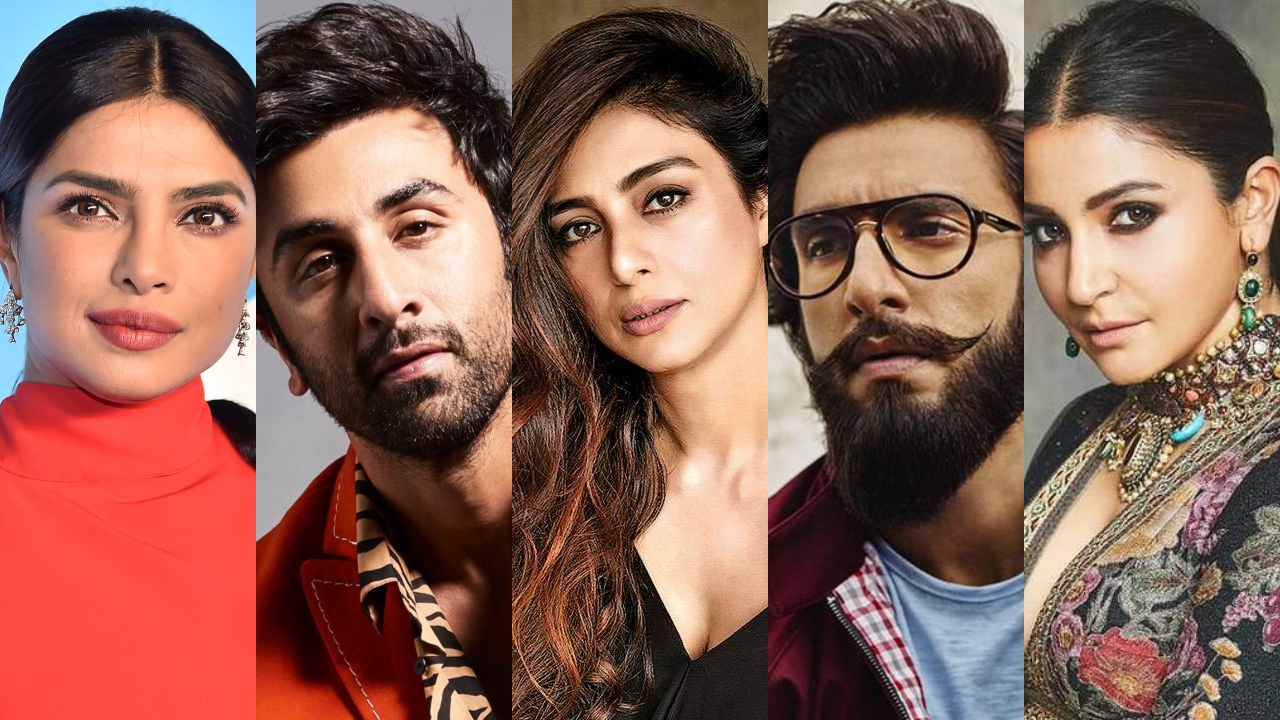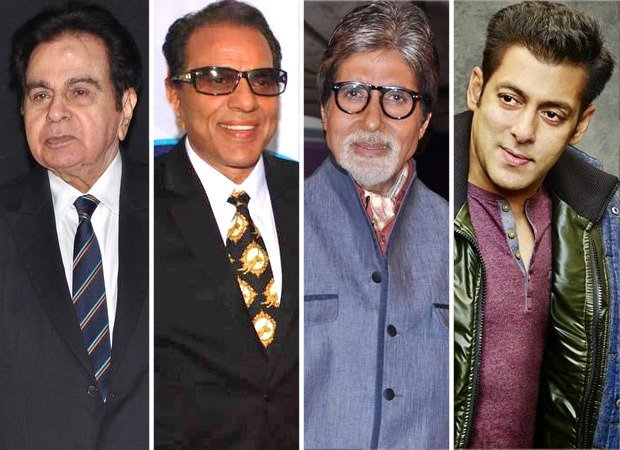The landscape of Indian cinema has undergone significant transformations over the decades, shaped by the remarkable contributions of iconic actors. These actors have not only defined eras of cinema but have also influenced the cultural and social fabric of India. This article explores the evolution of stardom in Indian cinema by highlighting some of the most iconic Indian actors through different decades, examining how their performances and impact have evolved.

The Golden Era: 1950s and 1960s
Early Icons
The 1950s and 1960s marked the golden era of Indian cinema, with actors who became symbols of grace, talent, and charisma. Dilip Kumar, often hailed as the “Tragedy King,” captured audiences with his intense performances and emotional depth. His roles in films like Mughal-e-Azam and Devdas set new benchmarks in acting and storytelling.
Similarly, Nargis Dutt made a significant impact with her performances in films like Mother India, where she portrayed strength and resilience. Her role not only highlighted her acting prowess but also influenced the portrayal of women in Indian cinema.
The Rise of Bollywood Superstars
The late 1960s saw the rise of Bollywood superstars who began to redefine stardom. Rajesh Khanna, known as the “First Superstar,” brought a new level of charm and mass appeal to his roles. His films, such as Aradhana and Anand, showcased his ability to connect with audiences on a personal level, cementing his status as a beloved actor.
At the same time, Hema Malini, the “Dream Girl,” emerged as a leading lady who combined beauty with exceptional acting skills. Her performances in films like Seeta Aur Geeta and Sholay established her as one of the most iconic actresses of her time.
The 1970s and 1980s: A New Wave of Talent
Versatility and Range
The 1970s and 1980s introduced a new wave of actors known for their versatility and range. Amitabh Bachchan, the “Angry Young Man,” became a cultural phenomenon with his powerful performances in films like Zanjeer and Sholay. His ability to portray complex characters and address social issues resonated with audiences, making him a defining figure of the era.
During this time, Rekha emerged as a leading actress who brought depth and nuance to her roles. Her performances in films like Umrao Jaan and Silsila showcased her remarkable ability to embody diverse characters, earning her acclaim and admiration.
The Rise of Regional Cinema
The 1980s also saw the rise of regional cinema, with actors making significant contributions to films in various Indian languages. Mammootty and Mohanalal became stars in Malayalam cinema, delivering powerful performances that resonated with audiences across the country. Their work not only highlighted regional storytelling but also contributed to the broader landscape of Indian cinema.
The 1990s and 2000s: The Era of Commercial Success
Bollywood and Beyond
The 1990s and 2000s were marked by a blend of commercial success and evolving stardom. Shah Rukh Khan, often referred to as the “King of Bollywood,” became a major force with his charismatic performances in films like Dilwale Dulhania Le Jayenge and My Name Is Khan. His ability to connect with audiences through romantic and dramatic roles solidified his place as one of the most influential actors of his time.
Similarly, Aishwarya Rai Bachchan, known for her beauty and talent, made a mark with performances in films like Hum and Devdas. Her success extended beyond Bollywood, as she gained international recognition and became a global ambassador for Indian cinema.
The Rise of New Stars
The late 2000s saw the emergence of a new generation of actors who brought fresh perspectives to the industry. Ranbir Kapoor and Deepika Padukone emerged as leading stars with their versatile performances in films like Barfi! and Padmaavat. Their ability to adapt to different genres and portray complex characters showcased the evolving nature of stardom in Indian cinema.
The Present and Future: Modern Icons
A New Wave of Talent
Today, Indian cinema continues to evolve with actors who push the boundaries of traditional stardom. Ranveer Singh, known for his dynamic performances in films like Padmaavat and Gully Boy, brings a unique energy and charisma to his roles. His ability to embrace diverse characters and experiment with his craft highlights the changing landscape of Indian cinema.
Alia Bhatt represents a new generation of actors who combine talent with a fresh approach to storytelling. Her performances in films like Raazi and Gully Boy demonstrate her versatility and commitment to exploring new narratives.
Global Influence
Indian actors are increasingly gaining recognition on the global stage, contributing to the international appeal of Indian cinema. Priyanka Chopra and Kalki Koechlin have made significant strides in international film industries, bringing Indian talent to a broader audience. Their success represents the growing global influence of Indian actors and their contributions to a diverse cinematic landscape.
Conclusion
The evolution of stardom in Indian cinema reflects the dynamic nature of the industry and the impact of iconic actors over the decades. From the golden era of the 1950s and 1960s to the present day, Indian actors have continuously shaped and redefined the cinematic landscape with their remarkable performances. As Indian cinema continues to evolve, these actors not only preserve the rich legacy of the past but also pave the way for future generations of talent.

